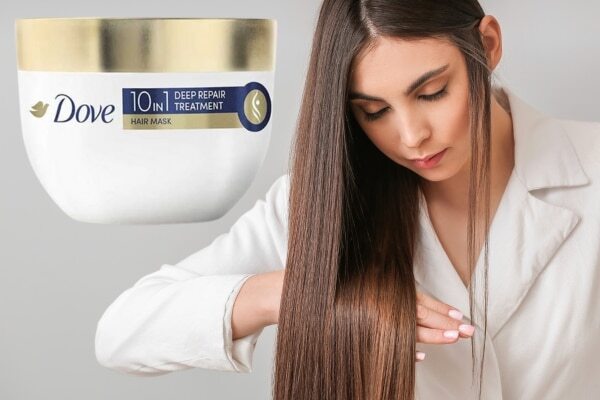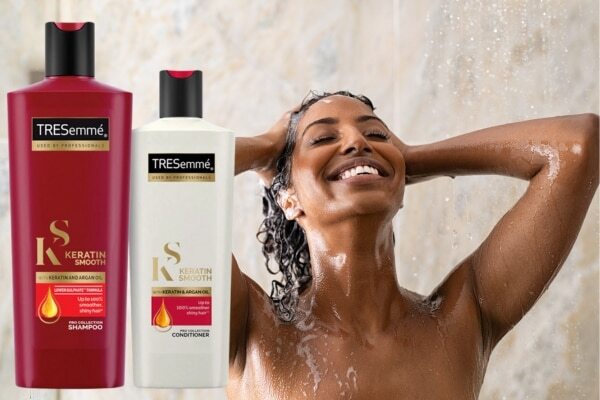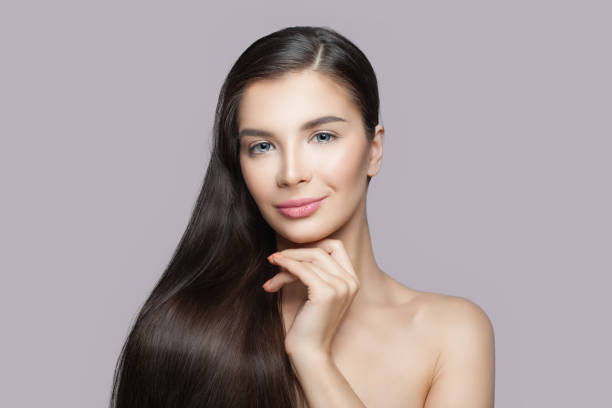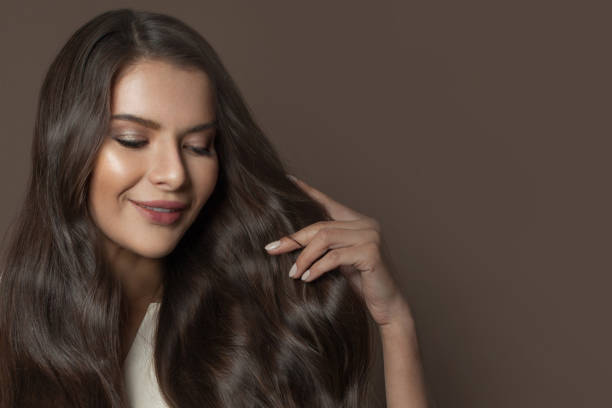Do you ever feel like your hair is lacking that healthy and shiny look it once had? Are you tired of spending a fortune at the salon to get a protein treatment that will restore your hair's natural beauty? Well, fear not! With today's technology and advancements in hair care, you can now unlock salon-quality protein treatments at the convenience of your own home. In this article, we will explore what is protein treatment for hair and the different types of protein treatment for hair at home that are affordable, accessible, and tailored to your hair's needs.
01Unlock Salon-Quality Protein Treatments at Home
Firstly, let's discuss the importance of protein treatment for hair. Our hair is made up of a protein called keratin, and when our hair is exposed to heat, chemicals, and other external factors, this protein breaks down, leading to damaged hair.
Protein treatments work by penetrating the hair shaft with nutrients that help to repair and strengthen the hair's protein structure. This results in healthier, shinier, and more manageable hair.
Now that you know about the protein treatment for hair benefits, let's look at how you can achieve these results at home.
1. The Ultimate Repair Solution: Protein Pack

One of the most popular at-home protein treatments is the Protein Pack. This protein hair treatment for damaged hair is the ultimate repair solution for damaged hair, providing deep nourishment and restoration. It's affordable and accessible, and it's easy to use. Simply apply the protein pack to your hair, leave it on for the recommended time, and rinse off. You will notice an immediate difference in the texture and appearance of your hair.
Alternatively, you can also use the Dove 10 in 1 Deep Repair Treatment Hair Mask. It contains 8% Bio-protein Fusion which fights hair damage and makes your hair healthier and more resilient with each use. Its creamy formula penetrates to the innermost layers of your hair, restores proteins, effectively helping reverse years of damage from the 1st wash.
2. Strength and Shine with Keratin Complex

Another popular at-home protein treatment is the Keratin Complex. This treatment is keratin-infused, providing maximum strength to the hair. It is easy to apply and perfect for busy lifestyles. This keratin protein treatment for hair is ideal for those who have chemically treated or coloured hair, as it helps to restore the hair's natural protein structure, resulting in stronger and healthier-looking hair.
You can also try out the Tresemmé Keratin Smooth Shampoo to 100% smoother hair with more shine. Infused with lightweight Argan Oil, this shampoo nourishes each strand of your hair making them silky smooth and easier to manage. Its unique combination of Keratin and Argan Oil conditions and strengthens your hair and provides hydration and elasticity.
Follow it up with the TRESemmé Keratin Smooth Conditioner after shampooing your hair. Infused with Keratin and lightweight Argan oil, this nourishing conditioner can make your hair visibly straight and smoother. The Keratin-Argan Oil formulation conditions and strengthens your hair as well as provides them the hydration and elasticity that they need.
3. Natural Revival: Vegan Collagen Booster
If you have sensitive skin or prefer a vegan option, the Vegan Collagen Booster is an excellent choice. This protein treatment is plant-based, making it perfect for those with sensitive scalps. It is also eco-friendly and cruelty-free, making it an excellent choice for those who are conscious of its environmental impact. This treatment revitalizes hair, providing a natural revival that is gentle yet effective.
Why Choose At-Home Protein Treatments?

So, why choose protein treatment for hair at home? Firstly, they are cost-effective solutions that can save you money in the long run. By investing in a protein treatment for hair at home, you can avoid expensive salon treatments that can add up over time.
Secondly, at-home protein treatments are tailored to your hair needs. You can choose a protein treatment that is specific to your hair type, whether it's dry, damaged, or colour-treated. Lastly, at-home protein treatments are convenient. You can schedule your protein treatment for hair at a time that suits you, without having to leave the comfort of your home.
Unlocking salon-quality protein treatments at home is now possible with the variety of affordable, accessible, and tailored options available. By investing in an at-home protein treatment, you can restore your hair's natural beauty and avoid costly salon treatments. So, go ahead and give your hair the nourishment it deserves with a protein treatment for hair that suits your hair's needs.
02FAQs about Protein Treatment at Home
Q1 How often should I use a protein treatment on my hair?
A: It depends on your hair's condition and needs, but generally, once a week or every two weeks is a good starting point.
Q2 Are at-home protein treatments as effective as salon treatments?
A: Yes, at-home protein treatments can be just as effective as salon treatments, provided you choose the right treatment for your hair's needs and follow the instructions carefully.
Q3 Can I use a protein treatment if I have fine hair?
A: Yes, you can use a protein treatment on fine hair, but it's important to choose a treatment that is specifically formulated for fine hair. Overusing a protein treatment can make fine hair feel stiff or brittle, so it's important to use it in moderation.





